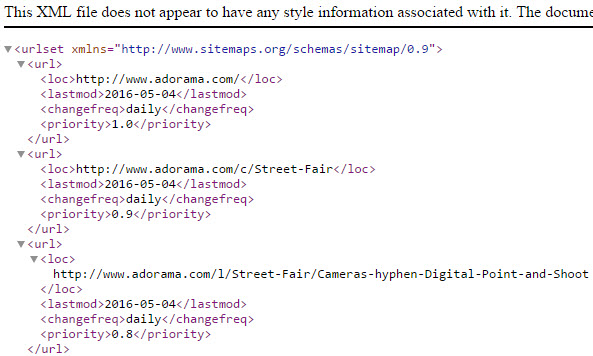Is your HTTPS setup causing any SEO worries?
Google stated that sites using HTTPS will be given only a slight ranking boost, many websites have experienced losses due to improper execution.

Google making a push for sites to move to HTTPS, and many of them have already started to include this as their SEO procedure. Recently google analysed that about 34 percent of the Google search results are HTTPS. It’s a green signal, as more sites are becoming secured.
A lot of sites have migrated to HTTPS but have not done it correctly and may be flowing downwards in HTTPS ranking boost. Some have also created more problems on their sites by not migrating correctly.
HTTPS post-migration troubles
One of the most common issues when a site has migrated to HTTPS is that they do not set the HTTPS site version and still have the HTTP version floating around. Google back in December 2015 said in scenarios like this, they would index the HTTPS by default.
But still the following problems exist by having two site versions live:
- Duplicate content
- Link dilution
- Waste of search engine crawl budget
Duplication of content
If canonical tags are not leveraged, Google sees two site versions live, which is considered duplicate content. For example, the following site has both HTTPS and HTTP versions live and is not leveraging canonical tags.


Because of this incorrect setup, we see both HTTP and HTTPS site versions are indexed.

Sites that having canonical tags in place, but the setup is incorrect. For example, Adorama.com has both HTTP and HTTPS versions live — and both versions self-canonicalize. This does not eliminate the duplicate content issue.


Adorama’s XML sitemap highlights the HTTP URLs instead of the HTTPS versions.

Link diluting
Having both the HTTPS and HTTP versions live, even with canonical tags in place, can cause link dilution. What will happen is that different users will come across both site versions, sharing and linking to them respectively. So social signals and external link equity can get split into two URLs instead of one.
Misuse of search engine crawl budget
If canonical tags are not leveraged, and both versions are live, the search engines will end up crawling both, which will waste crawl budget. Instead of crawling just one preferred version, the search engines have to do double work. This can be problematic for very large sites.
The ideal setup to address the issues above is to have the HTTP version URLs 301 redirect to the HTTPS versions site wide. This will eliminate the duplication, link dilution and waste of crawl budget. Here is an example:

Be sure not to use 302 redirects, which are temporary redirects. Here is an example of a site that is doing this. They are actually 302 redirecting the HTTPS to the HTTP. It should be that the HTTP 301 redirects to the HTTPS.

Here is a list of the best practices for a correct HTTPS setup to avoid SEO issues:
- Ensure your HTTPS site version is added in Google Search Console and Bing Webmaster Tools. In Google Search Console, add both the www and non-www versions. Set your preferred domain under the HTTPS versions.
- 301 redirect HTTP URL versions to their HTTPS versions sitewide.
- Check all internal links point to the HTTPS version URLs sitewide.
- Check canonical tags point to the HTTPS URL versions.
- Check your XML Sitemap includes the HTTPS URL versions.
- Check all external links to your site that are under your control, such as social profiles, point to the HTTPS URL versions.
